50+ Sample Expense Worksheets
-
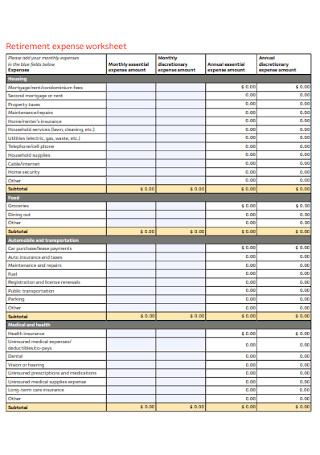
Retirement Expense Worksheet
download now -
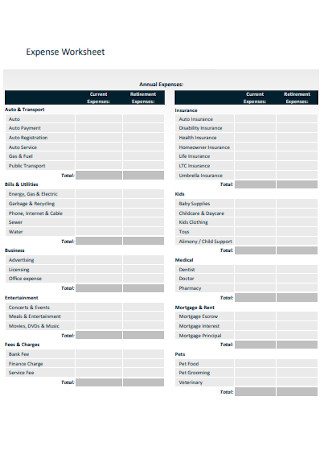
Financial Expense Worksheet
download now -

Expense Reimbursement Worksheet
download now -
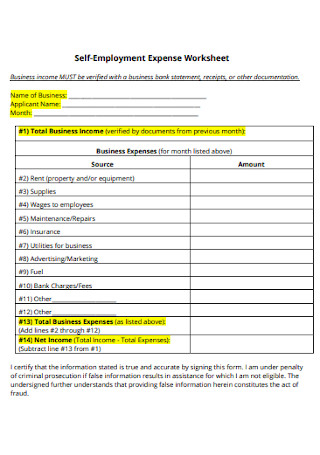
Self-Employment Expense Worksheet
download now -
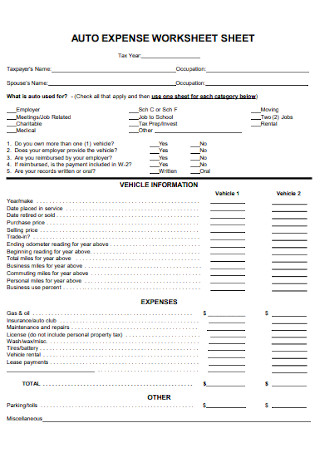
Auto Expense Worksheet
download now -

Family Expense Worksheet
download now -

Monthly Budget Expense Worksheet
download now -
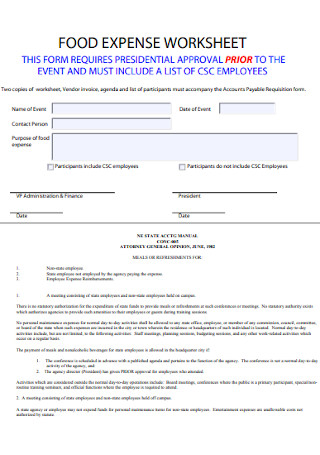
Food Expense Worksheet
download now -

Educational Expense Worksheet
download now -
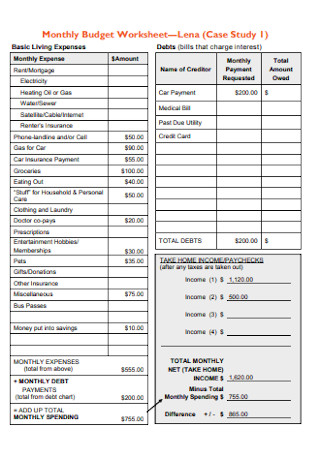
Expense Budget Worksheet
download now -
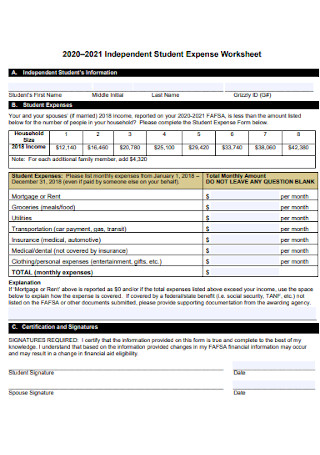
Student Expense Worksheet
download now -
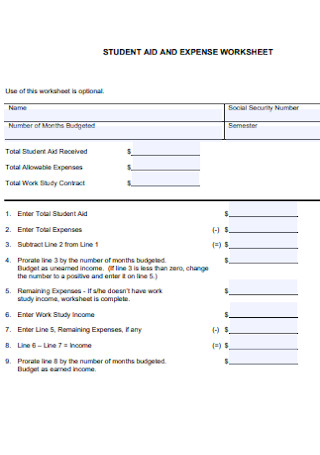
Fixed Aid and Expense Worksheet
download now -
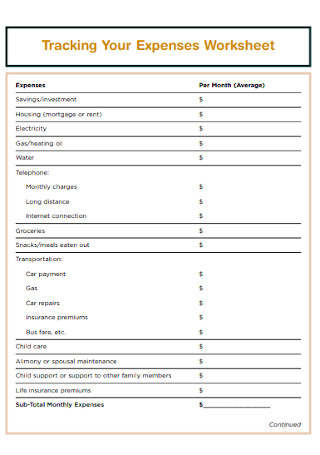
Tracking Your Expenses Worksheet
download now -

Expense Tracking Worksheet
download now -
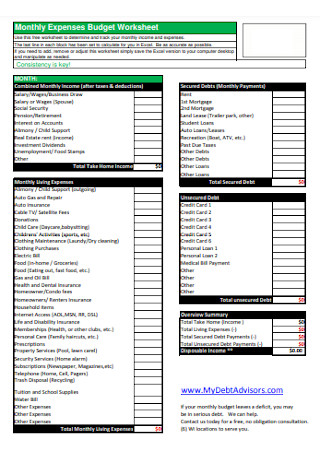
Personal Expense Worksheet
download now -

Flexible Benfit Plan Expense Worksheet
download now -
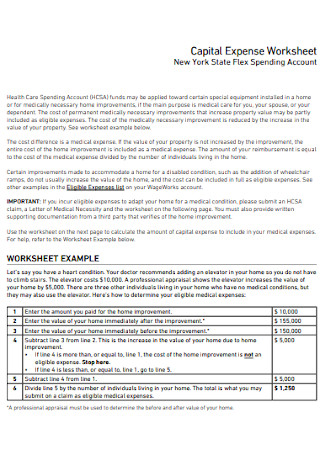
Capital Expense Worksheet
download now -

Expense Resource Worksheet
download now -
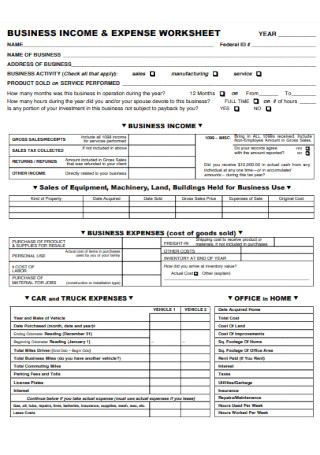
Business Income Worksheet
download now -
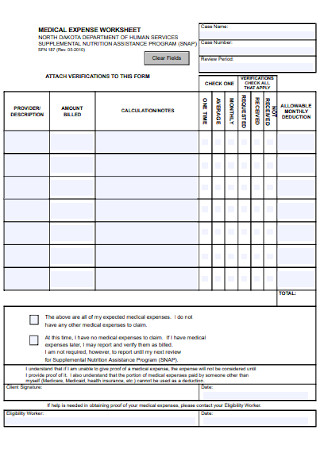
Medical Expense Worksheet
download now -
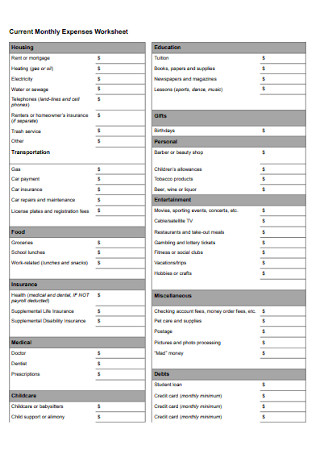
Current Monthly Expense Worksheet
download now -
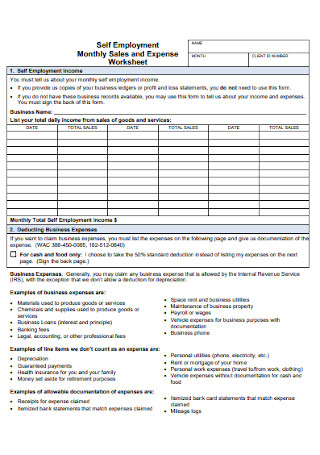
Sales Expense Worksheet
download now -
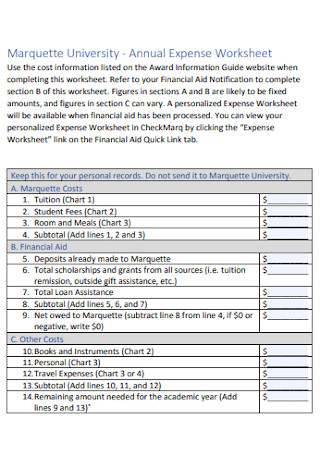
Annual Expense Worksheet
download now -
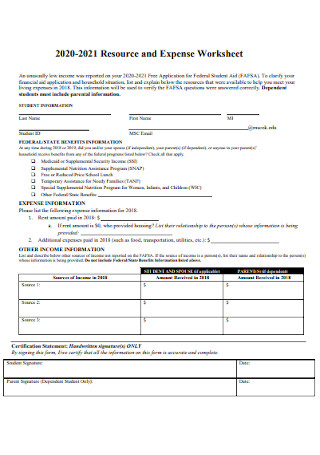
Resource and Expense Worksheet
download now -
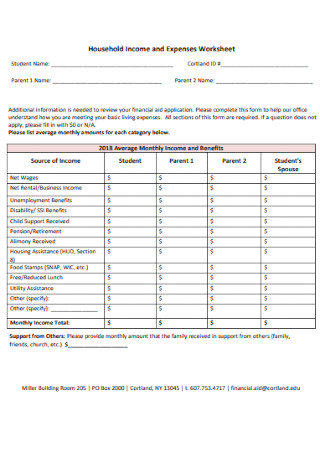
Household Expenses Worksheet
download now -
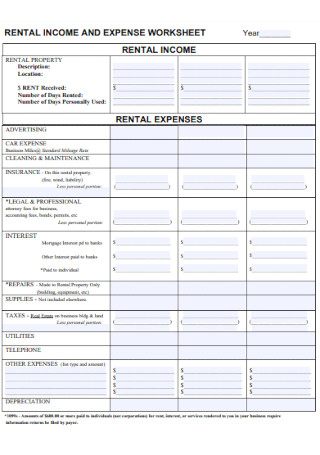
Rental Income and Expense Worksheet
download now -
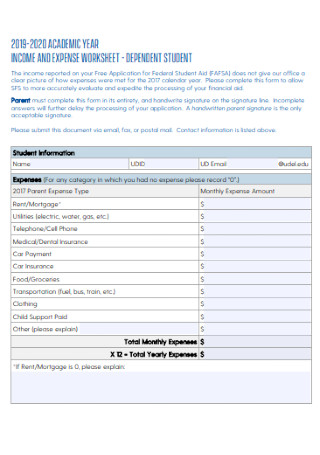
Academic Year Expense Worksheet
download now -
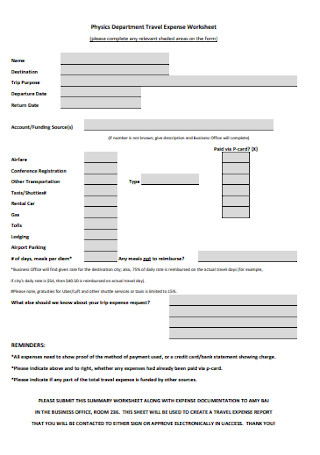
Physics Department Travel Expense Worksheet
download now -
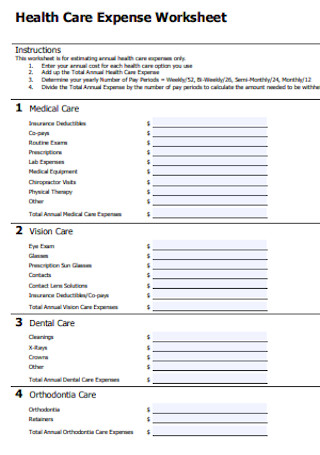
Health Care Expense Worksheet
download now -
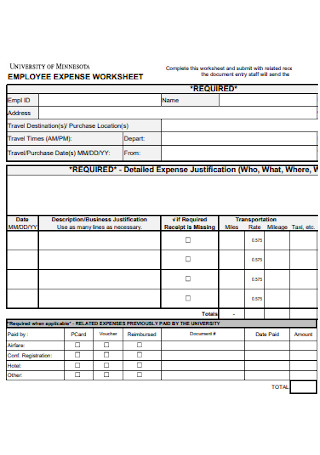
Employee Expense Worksheet
download now -

Landowner Expense Worksheet
download now -
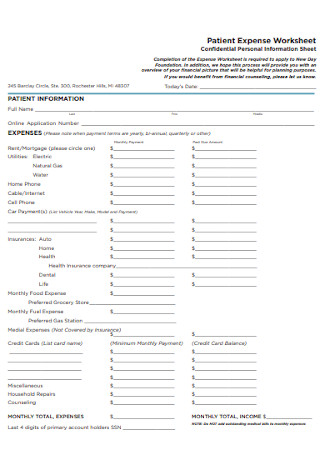
Patient Expense Worksheet
download now -
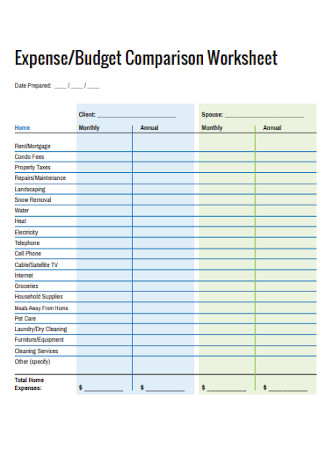
Expense and Budget Comparison Worksheet
download now -
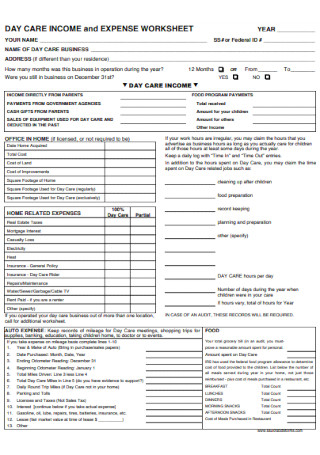
Day Care Expense Worksheet
download now -
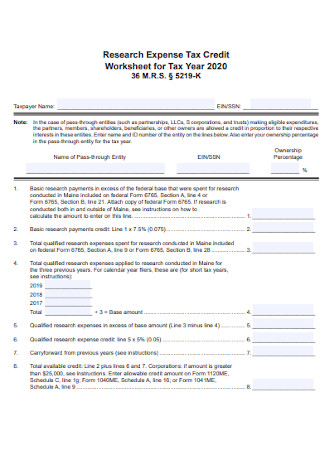
Expense Tax Credit Worksheet
download now -

Industry Expense Worksheet
download now -
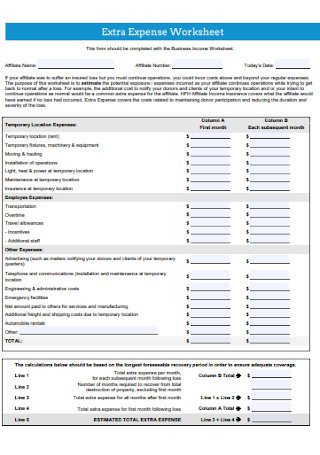
Extra Expense Worksheet
download now -

Wealth Management Expense Worksheet
download now -
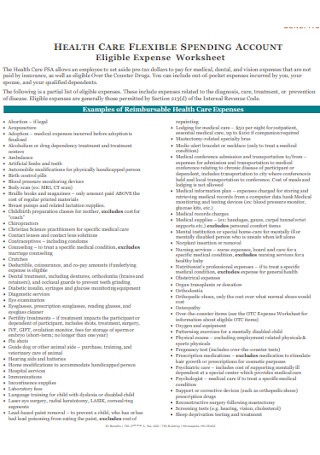
Eligible Expense Worksheet
download now -

Subcontractor Travel Expense Worksheet
download now -

Foreign Expense Worksheet
download now -
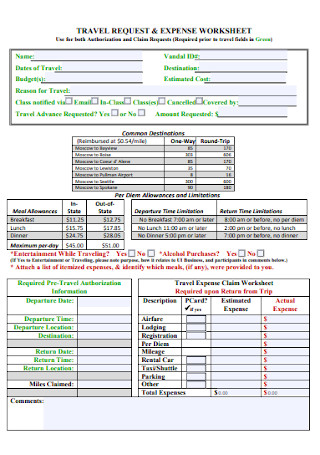
Travel Request and Expense Worksheet
download now -
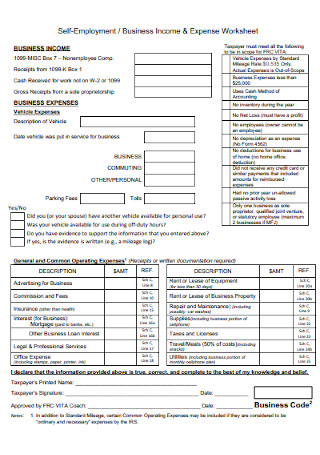
Self-Employment Expense Worksheet
download now -
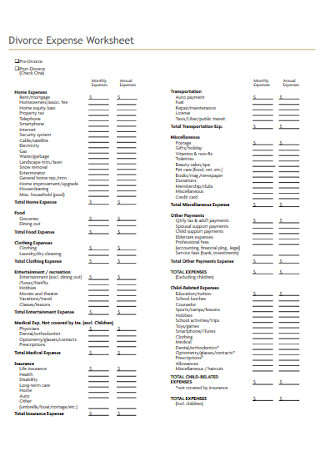
Divorce Expense Worksheet
download now -
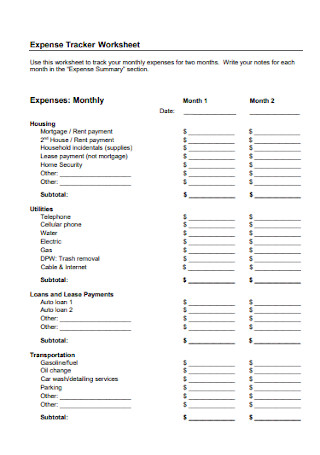
Expense Tracker Worksheet
download now -
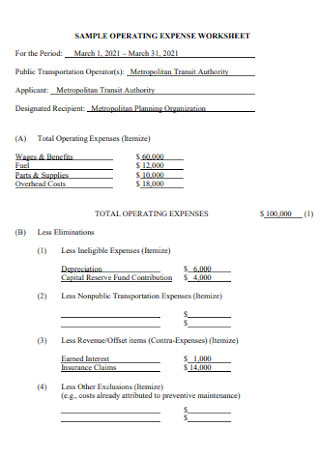
Sample Operating Expense Worksheet
download now -
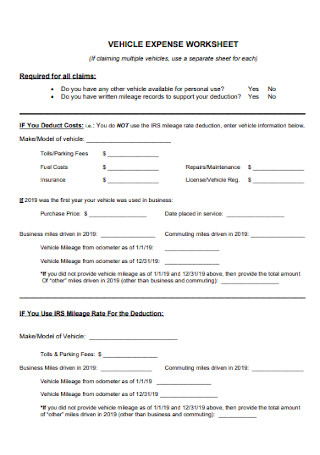
Vehicle Expense Worksheet
download now -
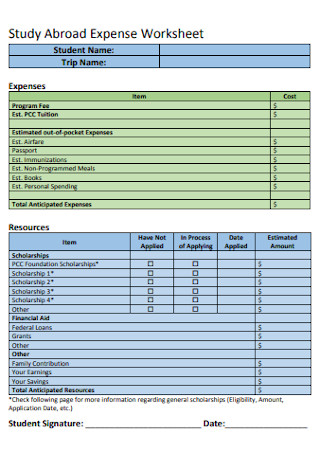
Study Abroad Expense Worksheet
download now -
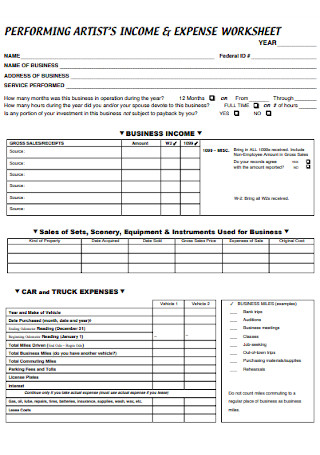
Artist Expense Worksheet
download now -
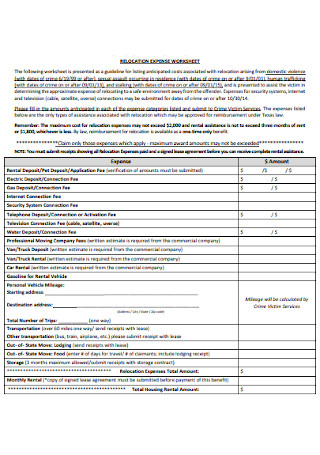
Relocation Expense Worksheet
download now
FREE Expense Worksheet s to Download
50+ Sample Expense Worksheets
What Is an Expense Worksheet?
Who Can Use Expense Worksheets?
Sample Expenses
How to Create an Expense Worksheet
FAQs
What are the expense categories?
How do you track daily expenses worksheets?
What is the 70 20 10 money rule?
What are common monthly expenses?
What is the best app for tracking expenses?
What Is an Expense Worksheet?
An expense worksheet is a working file, either online or printed, that lists all outgoing monetary flow. It is an organizing and accounting tool that compiles a person’s expenses, its corresponding amount, and other key information.
In an online article published by personal finance company The Balance, author Miriam Caldwell lists three main reasons why everyone should start tracking their expenditures. The first reason is it helps people stick to their budget. The second is monitoring expenses can help reveal spending issues and patterns. Lastly, tracking your expenditures is a helpful tool in meeting financial objectives and saving goals.
Who Can Use Expense Worksheets?
Expenses are a part of daily life. Both individuals and companies alike have to contend with ordinary and everyday expenses. The examples listed below are common scenarios along with their typical corresponding costs:
Sample Expenses
Everything that can be assigned value and anything that can be made commercially available, will always entail some expense. Expenses can easily be classified into essential and non-essential. It is just up to the consumer to decide where each item belongs. The examples below are common, everyday expenses that most people are faced with.
How to Create an Expense Worksheet
To create an expense worksheet, you have the option to customize your own or use an editable template. If it’s convenience you want, using a sample template will save you time and effort. Choose from any of the available options above. Otherwise, follow the four basic steps below to get started:
Step 1: Use the Right Format
The most practical way to create a worksheet is by using a MS Excel spreadsheet. It’s not only convenient, but it keeps your list organized and structured. It does not have to be a complicated worksheet. Keep it simple by only including the basic details. Another option is creating a table using MS Word. Whatever application you choose, just make sure to keep in mind the proper formatting and layout.
Step 2: List Down All Expenses
Itemize all your expenses and indicate the amount for each item. You have the option to add extra columns for the date of purchase, brief description of expense, source of funds, and other additional information. You can keep it simple with a plain table or a detailed spreadsheet, whatever suits your needs. To spruce up your worksheet, you can add colors and play around with fonts just to make it more interesting.
Step 3: Organize and Classify
The third step is important because a clear and comprehensible list is better than a messy or disorganized one. There are different types of expenses; you can group together the similar ones by assigning categories. It’s important to classify your expenses for easier tracking. For example, group together rent, utilities, internet, cable, appliances, and lawn maintenance under ‘Household’. Student loans, life insurance, child support, and legal fees can be labeled as ‘Obligations’.
Step 4: Update Regularly
In order to maximize your expense worksheet, it needs to be updated regularly. For any purchase or outgoing money transaction, be sure to include it in the worksheet. It doesn’t matter if it is a small online purchase or a generous charity donation; list it down so all your funds are accounted for. Tracking your expenses will give you a better idea of your spending patterns and could serve as a personal reference point for improvement.
FAQs
What are the expense categories?
According to an online article on FreshBooks, the three basic expenses categories are fixed, variable, and periodic. Fixed costs are your semi-permanent payables like rent or insurance. Variable expenses are flexible and may vary from month to month. These include meals, power, and water bills. Lastly, periodic expenses refer to those rare instances where an expense is unplanned such as an emergency situation or spontaneous out-of-town trip.
How do you track daily expenses worksheets?
The easiest and most convenient way to to track daily expenses is by inputting them in an Excel spreadsheet. Simply create a spreadsheet and key in the categories, items, and amounts. If this is too time consuming for you, there are dozens of available apps you can download. Income and expense tracking apps are popular because of their functionality and practicality.
What is the 70 20 10 money rule?
The 70-20-10 rule is a method of saving that people have the option to use. The rule states that 70% of one’s income is to be allocated for spending- both essentials and non-essentials. The 20% is to be set aside as savings. And the remaining 10% is reserved for donations or for charity. The 70-20-10 method is one way of budgeting and controlling one’s spending habits.
What are common monthly expenses?
Some common monthly expenses are rent, transportation costs, meals, utilities, life and health insurance, gym membership, childcare, credit card bills, student loans, cell phone plans, streaming subscriptions, and personal hygiene/care. Most of these expenses are essential; but a good tip to remember is that priority is always key. It is best to arrange all your expenses based on urgency and priority.
What is the best app for tracking expenses?
According to a recent CNBC article, the best free app for tracking expenses in 2021 is Mint. Goodbudget was awarded the best app for beginners. The app best suited for small businesses is QuickBooks Online; and Expensify was deemed the best app for business expenses.
It is almost impossible to completely dodge expenses. Even if you are the most frugal or stingy person there is, expenses will always be part of everyday life. The best you can do is to learn how to track and effectively manage your spending habits. Choose from dozens of free and editable templates above to customize your own expense worksheet today!
